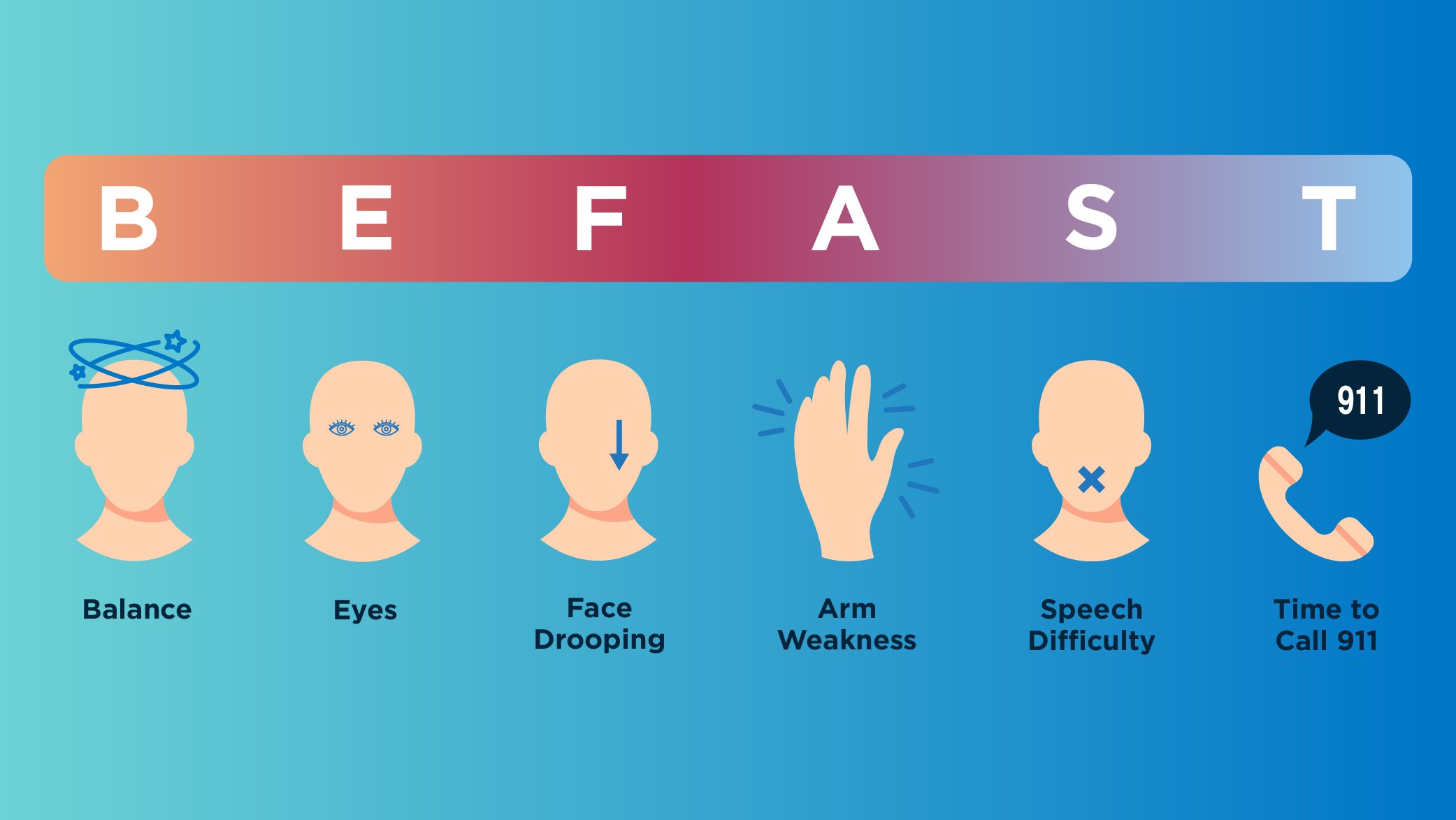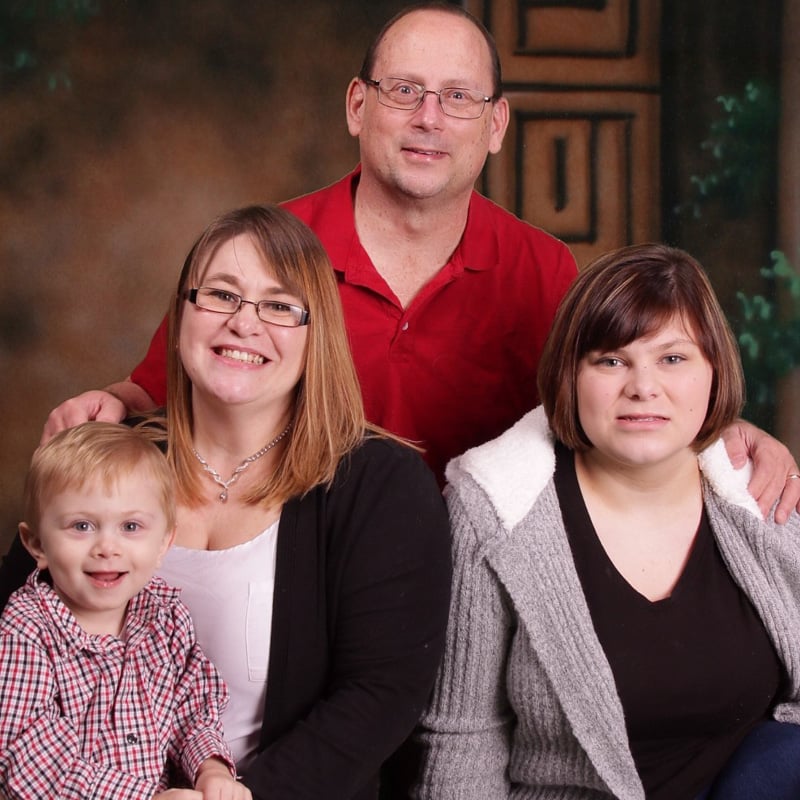Comprehensive Stroke Care When Every Second Counts
When it comes to treating a stroke, immediate and expert care is crucial. At Rochester Regional Health, we provide comprehensive stroke care, from emergency response to rehabilitation, ensuring that every patient receives the best possible outcome. With a dedicated team of specialists, state-of-the-art technology, and a patient-centered approach, we are here to support you every step of the way.
Our Approach to Stroke Care
Our approach to stroke care is centered on rapid intervention and personalized treatment. Our emergency medicine team carefully coordinates efforts with local Emergency Medical Services (EMS) to make sure that high-quality care begins en-route to a Rochester Regional Health hospital. We require EMS to notify us of potential incoming stroke patients, so our stroke team can be assembled and ready when the patient arrives. Our multidisciplinary team, including neurologists, neurosurgeons, and rehabilitation specialists, works closely together to deliver coordinated care tailored to each patient’s unique needs. We utilize the latest medical advancements and evidence-based practices to provide the highest level of care, from acute treatment to long-term recovery.
Conditions We Treat
We specialize in diagnosing and treating a wide range of stroke-related conditions, including but not limited to:
- Hemorrhagic stroke
- Ischemic stroke
- Transient Ischemic Attack (TIA)
- Cerebral Aneurysms
- Carotid Artery Disease
- Stroke-related complications
Our Services & Treatments
We offer a full range of stroke services to ensure patients receive comprehensive care.
- Emergency stroke response, including Thrombolysis (tPA)
- Telestroke care
- Neuroimaging
- Medication management
- Neurointerventional surgery
- Neurosurgery
- Inpatient Stroke Rehabilitation
- Stroke Survivor Support Group
- Stroke Caregiver Support Group
- Physical Therapy & Rehabilitation
Certified Stroke Centers
Rochester Regional Health has five recognized stroke centers that provide rapid access to lifesaving stroke care.












